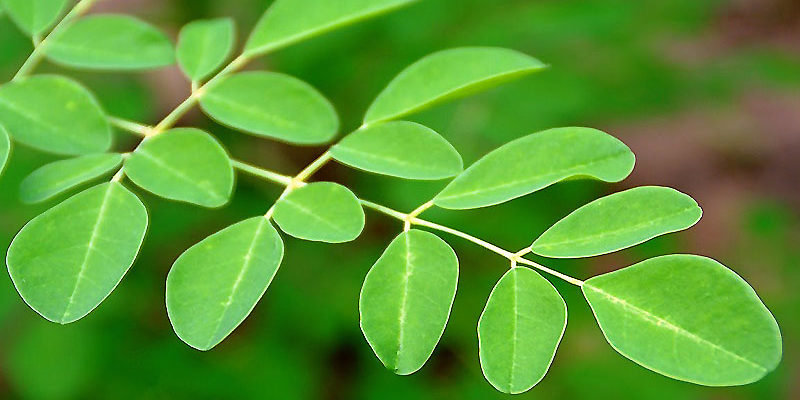Moringa has many benefits for humans. Various parts of the Moringa plant is edible.How to use Moringa is also highly variable, ranging from seed or young pods called “drumsticks”, very popular in Asia and Africa. For its part moringa leaves, used especially in Cambodia, the Philippines, India and South Africa. Mature seeds, and oil from moringa seeds and roots.
In some areas, young pods are most often eaten, while the Moringa leaves are the most commonly used. The flowers are edible when cooked and tasted like mushrooms. Bark, sap, roots, leaves, seeds, oil and flowers are used in traditional medicine in several countries. In Jamaica, the sap is used for a natural blue dye.
Benefits Kelor
Moringa leaves are the most nutritious part of the Moringa plant itself, is an important source of vitamin B6, vitamin C, provitamin A as beta-carotene, magnesium, and protein among other nutrients that have been studied in the lab. by the USDA. When compared with the general food, Moringa leaves are very high in nutrients it:
Comparison of the content of Moringa and other food
nutrients food – Common Food Types – Content of Moringa Leaves
Vitamin A – carrots – 1.8 mg – 6.8 mg
Calcium – Milk – 120 mg – 440 mg
Potassium – bananas – 88 mg – 259 mg
Protein – Yogurt – 3.1 g – 6.7 g
Vitamin C – Oranges – 30 mg – 220 mg
Traditionally moringa leaves cooked and used like spinach. Besides being used fresh as a substitute for spinach, leaves are dried and ground into a powder to use in soups and sauces. For the record is important to remember that like most plant moringa heating above 60 degrees Celsius to destroy some nutritional value.
Efficacy Kelor Combat Malnutrition
benefits of moringa leaves
Trees and leaves of Moringahas been used to combat malnutrition, especially among infants and nursing mothers.Various agencies INGOs Trees for Life, Educational Concerns for Hunger Organization, and Volunteer Partnerships for West Africa – have advocated Moringa as a solution to overcome hunger.One of the authors said that Moringa is a natural nutrition for the tropics.
“Moringa Moringa are now so well known or so it seems there is no doubt of the substantial health benefit to be realized by consumption of Moringa leaf powder in situations where starvation is getting closer”
Moringa is very promising as a food source in the tropics because the tree has leaves filled the dry season when other foods are usually scarce.
Moringa leaves continue to do research to reveal the nature of the potential of nutrients and phytochemicals, including including in vitro antibacterial effects, improved glucose tolerance in diabetic rat model, inhibition of Epstein-Barr virus activity in vitro and reduction of skin papillomas in mice.
KELOR LEAVES IN TRADITIONAL MEDICINE
Moringa has been used in a variety of traditional medicine, including Ayurvedic and traditional medicine in the Philippines, Africa and Indonesia. Moringa leaves can be given to nursing mothers to increase lactation or milk production.
